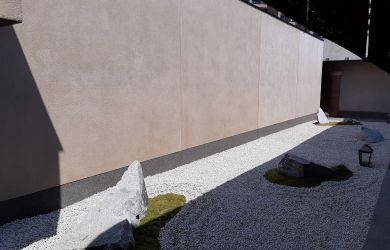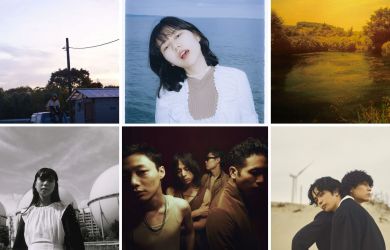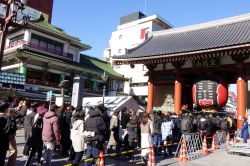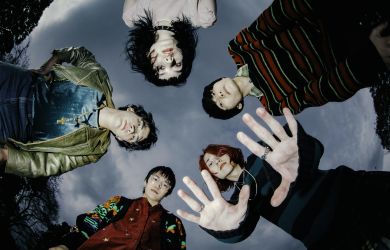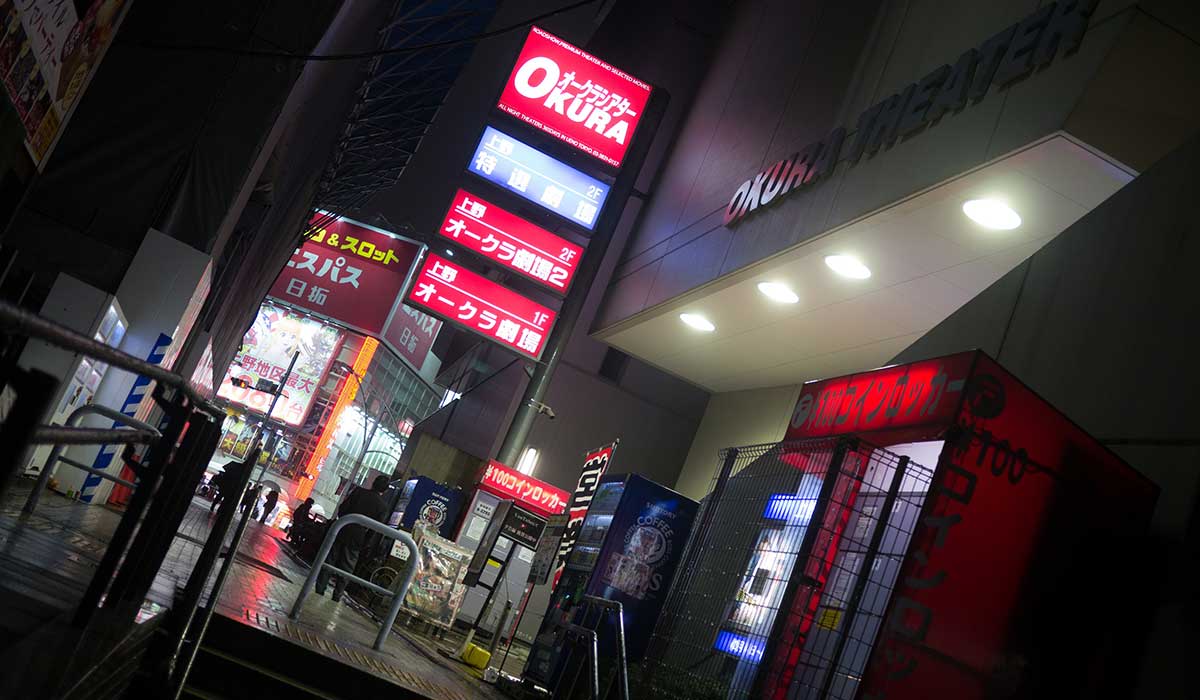
March 27, 2017
In Search of Pink Eiga
Tracking down the last remaining erotic cinemas in Tokyo
By Dan Asenlund
Dusk is quickly settling in Ueno Park as I take a detour around Shinobazu Pond. It’s chilly, and the first snowflakes of the year are slowly melting on the faded lotus leaves. Even Buddhist goddess Benten seems to be freezing inside her temple, having closed her door for the night. I try to locate the phallic statue rumored in the writings of Donald Richie to be hidden somewhere in the vicinities, finding it fitting for my first destination: the Ueno Okura Theater, former home of the once blossoming pinku eiga, or Japanese erotic cinema, industry.
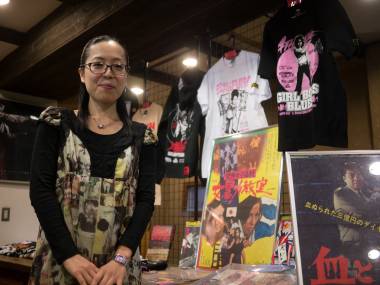
The genre had its beginnings with independent studios in the 1960s and often went by the name eroductions. It wasn’t until competition from television and American films grew stiffer in the early 1970s that pinku eiga took on its most iconic aesthetic in the shape of Nikkatsu’s Roman Porno and Toei’s Pinky Violence series. Both had high production values, elaborate storylines and strong female characters, thus distinguishing themselves from erotic cinema of other countries. Respected directors such as Kiyoshi Kurosawa and Koji Wakamatsu had their beginnings in the genre and films were churned out at a great pace, resulting in hundreds of special theaters springing up in urban centers all over the country—eight in Ueno alone. Then came the video boom with its totally different kind of erotic films, and the theaters disappeared one by one. Today less than a handful remain in Tokyo, but Okura still stands.
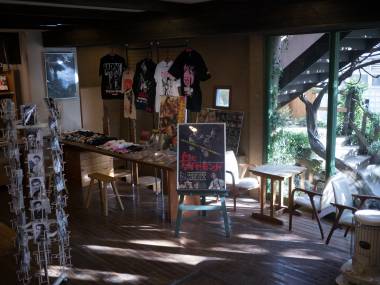
Having never visited Okura before, I’ve been warned by friends and colleagues to avoid the second floor. Quizzed why, they all responded with a smirk, and as I see stairs leading up to the second floor I can’t help but wonder what lies beyond. But first, I enter the theater and am met by a friendly proprietor who points me to the kind of ticket machine you find at noodle shops. ¥1,600 buys you a ticket with which you are free to leave and re-enter throughout the day and night (it stays open until early morning). The Okura screens three features daily, often produced by parent company Okura Pictures, and the same program is repeated for two weeks until it is replaced by another set of films. I arrive just in time for SEX Laboratory: Moaning Ripe Vixen.
A raunchy, damp stench invades my nostrils as I enter the sparsely filled, but rather cozy and modern, theater and take a seat in an empty row. A quick scan reveals mostly older men, some alone and others in pairs. I spot only one woman. The film and its excuse for a story is silly, lacking the charm of Toei pinky violence and the elaborate cinematography of Nikkatsu Roman Porno. There is movement in the theater and, as I am soon about to learn, few have come to only watch the movie.
As I glance to my left a middle-aged man has sat down in my row, and the next time I look he has moved even closer. When his hand suddenly reaches for my privates, I dodge to the right and politely tell him that I’m not interested. He gets up and leaves but is soon replaced by another man, the process repeated. A tad uncomfortable, I’m not even sure if the sounds I’m hearing are coming from the screen or elsewhere in the theater. As the film ends, I swiftly leave and head straight back to Benten for a breath of fresh air.
After nearly five decades in business, Okura went through a complete makeover in 2010. The theater was freshened up to meet the comforts of regular movie theaters, partly to attract more female customers. One of them was film producer M (who prefers to be anonymous in this article). Though initially drawn in by Okura’s new look and curious about the films screened, she tells me that her experience was quite similar to mine. “Even though I went there with a male friend, I was soon approached by other men in the audience who couldn’t keep their hands in check,” she says. She hasn’t been back since, and the fact remains that Okura acts more as a pick-up spot (mainly for gay men) than as a place to appreciate good films.
The next day, on the other side of town, I step off the Chuo line in Asagaya to continue my quest. A few blocks away, passing through cozy Showa-flavored alleys, the Laputa theater towers into the sky like the castle in Miyazaki’s film. It resembles the Ghibli museum a few stations away in Mitaka, so it comes as a bit of a surprise that the theater focuses mainly on action films from the ’60s and ’70s and pinku eiga from the same era. Its lobby is full of memorabilia, ranging from Ken Takakura idol cards to Girl Boss Blues t-shirts. It also houses a small cafe, and the atmosphere is a lot more inviting than Okura.
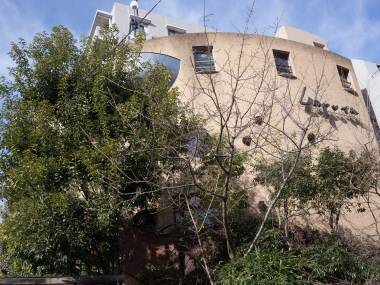
I sit down with Yukari Ishii, Laputa’s manager and programmer. My first question, naturally, is why such a cute-looking theater specializes in erotic films and violent action.
“Oh, it’s not Miyazaki’s Laputa. It’s Jonathan Swift’s,” says Ishii, referencing the wilder chapters of Gulliver’s Travels. Of course!
Ishii changed the direction of the theater when she was hired in 2003. A lover of both Toei and Nikkatsu’s quality output, she introduced daily screenings of pinku eiga and Laputa’s audiences soon doubled. There’s even a good mix of old and young visitors, she claims, and a fair share of them are women. Asked what it is about pinku eiga that makes her like it so much, she replies: “They make us feel genki, don’t they?”
I take a seat for a screening of Toei’s 1972 classic Terrifying Girls’ High School: Women’s Violent Classroom. All the lead roles are played by strong females and the film is one hell of a ride, one which few contemporary Japanese directors could recreate (save for the likes of Sono Sion). The theater itself is much smaller than Okura, not as modern in appearance but with a cozy feel. As I look around the audience, I spot two young women and have a chat with them afterwards.
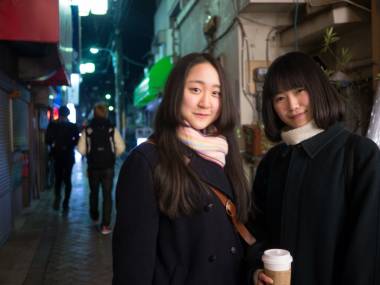
“I loved the fact that even though it was an erotic film the scenes weren’t dirty at all,” says Sumire Ueno, a 24-year-old actress. She adds that today’s experience was a refreshing departure from contemporary Japanese cinema, which relies too heavily on CGI. Her friend Yuni Hong, 23 and also an actress, agrees. They both say they will visit Laputa again.
As I contemplate my own next destination, I learn that the famed Shimbashi Roman Theater was the latest to shut its doors three years ago after having been in business since 1955. Besides Okura and Laputa, Cinema Vera in Shibuya often screens pink films along with its line-up of international independent cinema, as well as two smaller theaters in Jimbocho and Ikebukuro—perhaps on their last breaths as well.
And as to the infamous second floor of Okura? Too curious to leave the mystery unsolved, I decide to walk back to the theater and up the stairs. They lead back inside, to another ticket office. It turns out it’s a special theater with “VIP seats”. I choose to leave. Considering what happened on the first floor, I’m not so sure I want to know what’s going on on the second …

